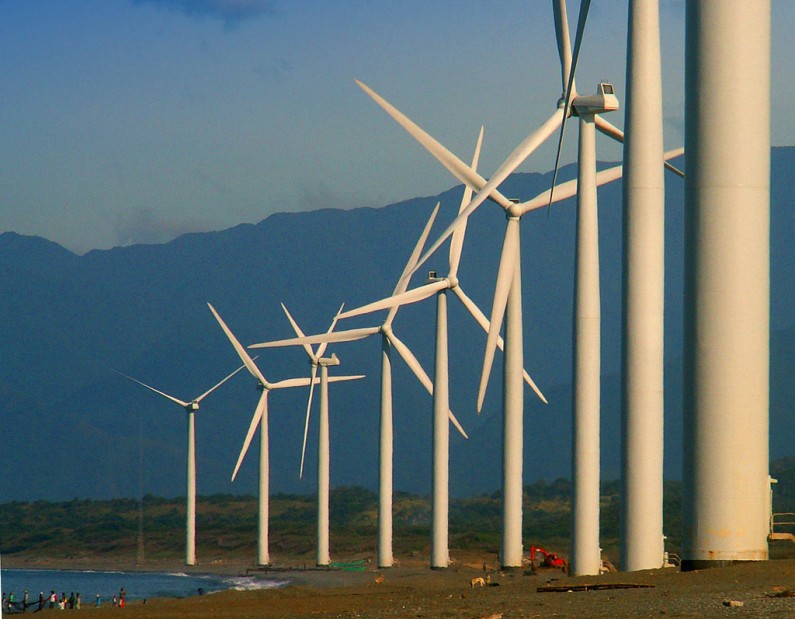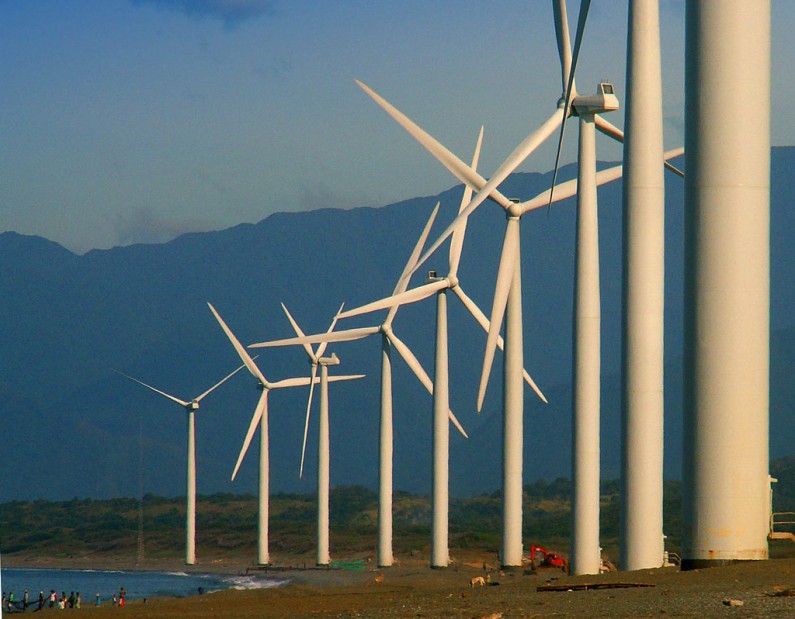

The first day of December will be this year’s United Nations Climate Change conference in Lima, Peru, the last summit prior to the Paris 2015 meeting when governments would want to come up with ways to lessen carbon dioxide emission. Leaders do not want to recall the disappointments during the Copenhagen summit in 2009, when high expectations were not just met.
The European Union has already come to a consensus, which is the 2030 Framework for Climate and Energy, that sets targets of at least 40 percent less of gas emissions in greenhouse, 27 percent renewables-generated energy and 27 percent increase of energy efficiency.
Meanwhile, recent reports by researchers in the U.S. said renewable energy use is getting a chance to become wider with the emergence of many improved storage technologies. They come from efforts to match various forms of alternative energy systems which provide more steady flow of electricity.
While alternative energy use is more cost-effective, they are too variable. For instance, if the sun does not shine or the wind does not blow, another source should be there to cover up the slack, which can be inefficient and expensive.
The Electricity Journal published an analysis, where scientists said this problem could be solved with an improved technology of energy storage or by a “hybrid” system where one form of renewable energy ramps up when the other declines.
According to energy policy analyst Anna Kelly, who is an Oregon State University’s School of Public Policy graduate student, the wind is usually stronger during the night in some places, while the sun generates energy only at daytime. Scientists said, sophisticated use of this basic concept and pairing it with advanced energy storage could give way to a much wider renewable energy systems use.
Kelly said wind energy is getting cost-competitive while solar energy is on its way there. They just need to work with other technologies in connected and smart-grid systems. Other states and countries worldwide are already applying the concept where private companies produce renewable energy in hybrid systems. In Morocco, China and Spain, geothermal works with solar; biodiesel and wind with batteries; and solar and wind with batteries of lithium-ion. In Wyoming, efficient wind farms produce electricity, transmit it to Utah, store it through a compressed air in the forms of rock and provide power to Los Angeles.
Joshua Merritt, the report’s co-author and an OSU mechanical engineering and public policy graduate student, said the concept of hybrid systems has obstacles to overcome such as the need to improve the transmission grids so that energy could be produced easily and send it to where it is needed. Another obstacle is regulatory stuff and the general public should be ready to accept energy systems like wave, solar and wind in practice.
The report concludes that the long-term goal is to come up with technologies to work with the hybrid system – those which can be consistent, dependable and do not rely on fossil fuels. The goal will be achieved by meticulous system matching, advanced technologies and enhanced transmissions.
Furthermore, the future may present more options like advanced battery storage, modular nuclear reactors and a more predictable and stable tidal energy. According to the researchers, with developments, the cost of hybrid systems will decrease and will take a larger role in alternative energy use.
By Judith Aparri
Sources:
ScienceDaily
DebatingEurope
Image courtesy of Storm Crypt – Flickr License


